The history of prosciutto in San Daniele the tradition and heritage
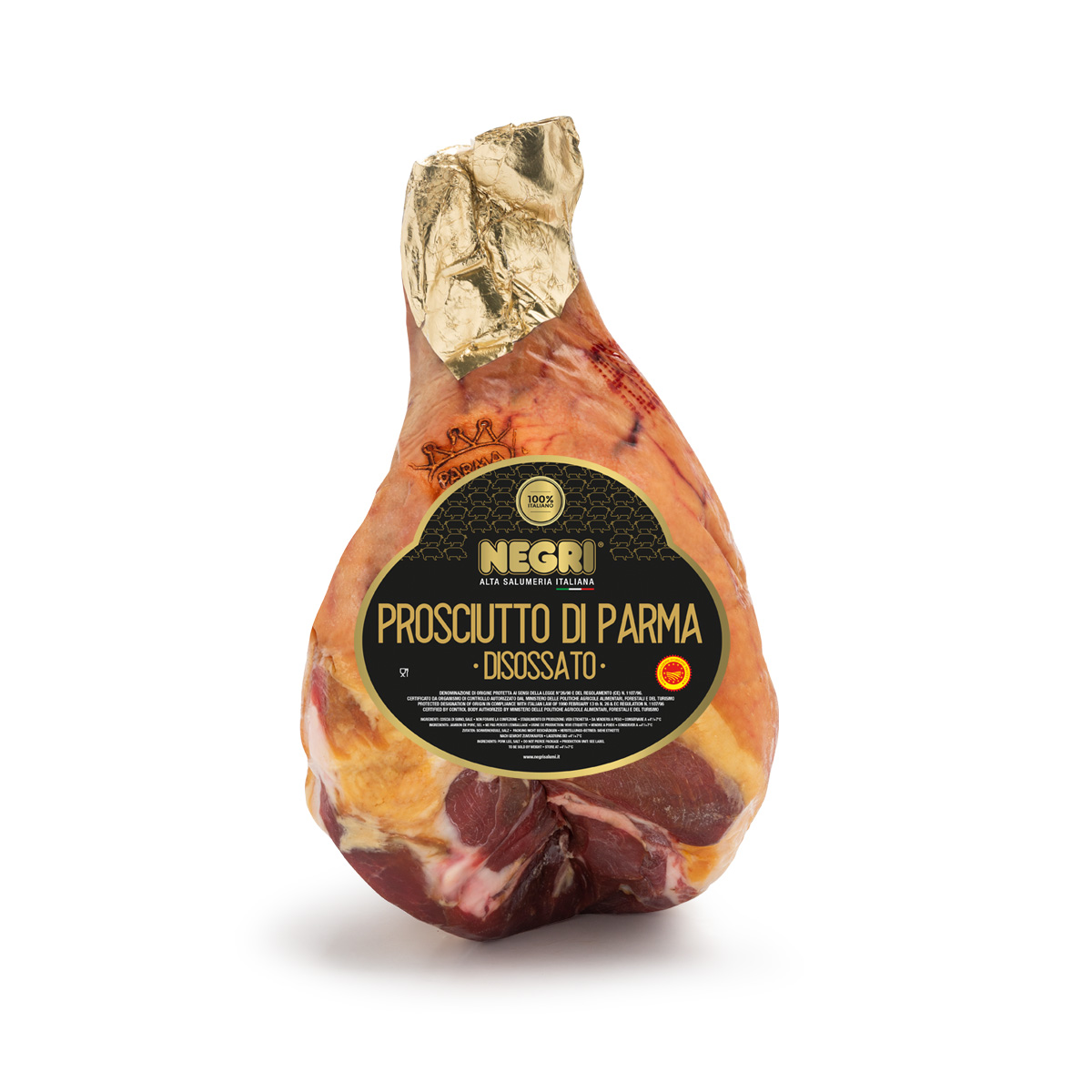
PROSCIUTTO CRUDO DI PARMA DOP Negri Salumi
Prosciutto crudo is produced in several areas of Italy, including Tuscany and the Cuneo province of Piemonte, but there are only two parts of the country that are synonym with it: Parma, in Emilia Romagna, and San Daniele, in Friuli Venezia-Giulia.
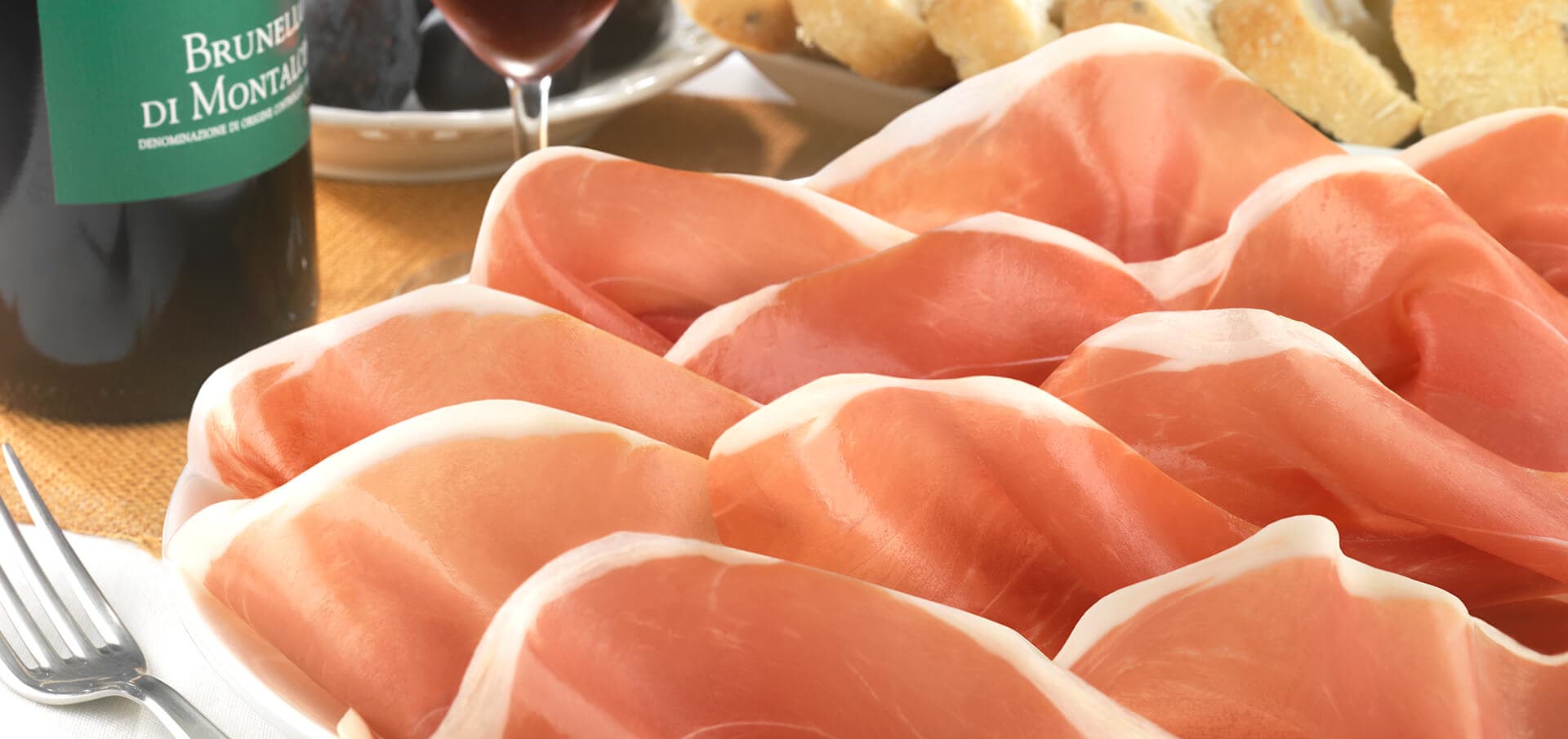
Prosciutto di Parma The Legendary Ham
San Daniele prosciutto is often described as slighter sweeter and less salty. The legs are often smaller and contain more fat than Parma di Prosciutto. As there are fewer producers in San Daniele, it is usually more sought after, and as a result more expensive. There are nearly 200 producers of prosciutto in Parma, but only 30 in San Daniele.

Parma Vs San Daniele The Grocer
Therefore, San Daniele ham is more aromatic, sweeter and fattier. It is also produced in smaller quantities and is more expensive than Parma ham. It is said that the production of ham in Italy started at the end of the late Roman Empire in the area of Norcia, which is a little town in the Umbria region. In fact, the people who were in charge of.
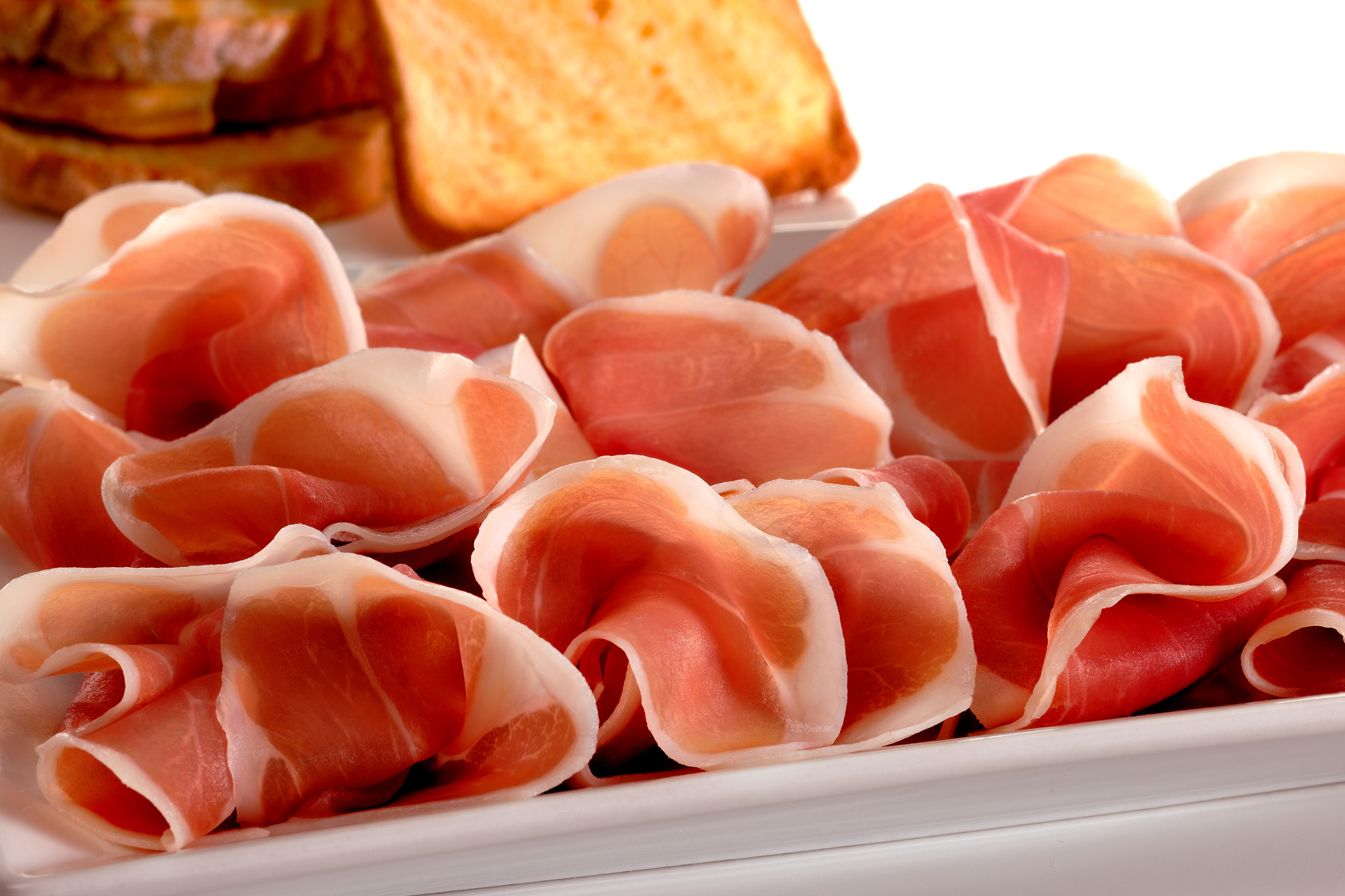
Prosciutto di San Daniele, produzione in crescita del 5,4
First of all, the size of the leg, which is usually around 10 kg (20 lbs) for prosciutto di Parma, and around 12 (24 lbs) for San Daniele. The way the legs are cured is also different: while San Daniele prosciutto is seasoned only with dry sea salt all-over, the Parma recipe calls for damp sea salt for the skin and dry for the meat.
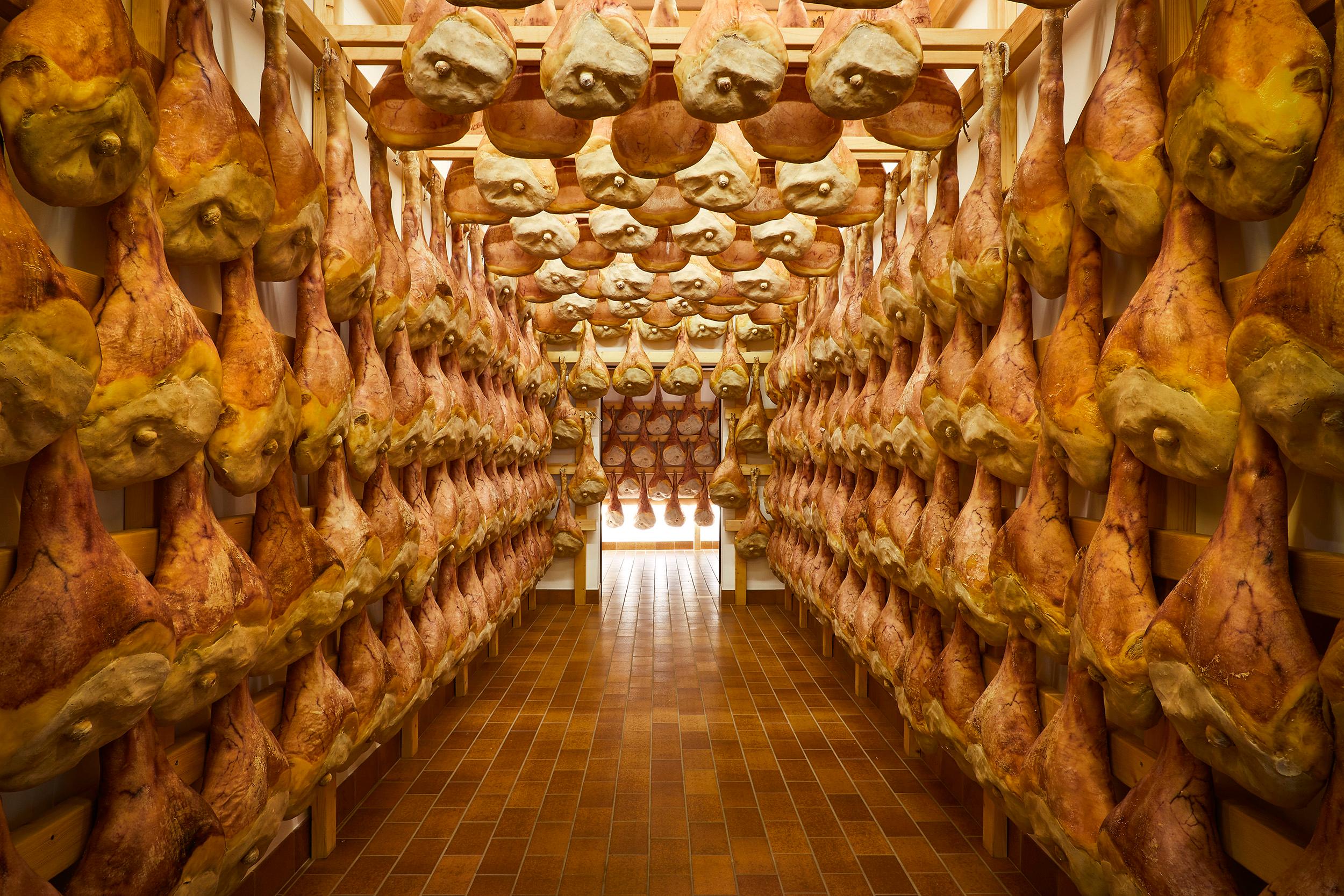
Prosciutto San Daniele tutto su un'eccellenza Made in Italy Deabyday
In senso assoluto le quantità di sale sono identiche, secondo disciplinare: il San Daniele ha "sale (cloruro di sodio) non inferiore al 4,3% e non superiore al 6,0%", il Prosciutto di Parma ha "4,2% - 6,0%" come percentuali di sale nel prodotto. Non è solo la quantità di sale a determinare la sapidità del prosciutto, anzi.

IL PROSCIUTTO, UNA SPECIALITÀ DALLE ORIGINI ANTICHE www.mangiarebuono.it
Culatello di Zibello. Vivida Photo PC/Shutterstock. While still a salt cured ham, and therefore a prosciutto, culatello di Zibello differentiates itself from prosciutti di Parma, di San Daniele.

Differenza tra prosciutto di Parma e prosciutto San Daniele inNaturale
Prosciutto is made from the hind leg of a pig. Once the leg is cleaned, it is heavily salted with sea salt by a maestro salatore (salt master) and left for several weeks in a cool, dry environment. The salting process removes leftover moisture, creating an nonconducive environment for bacteria to form. It also creates a distinctive flavor.
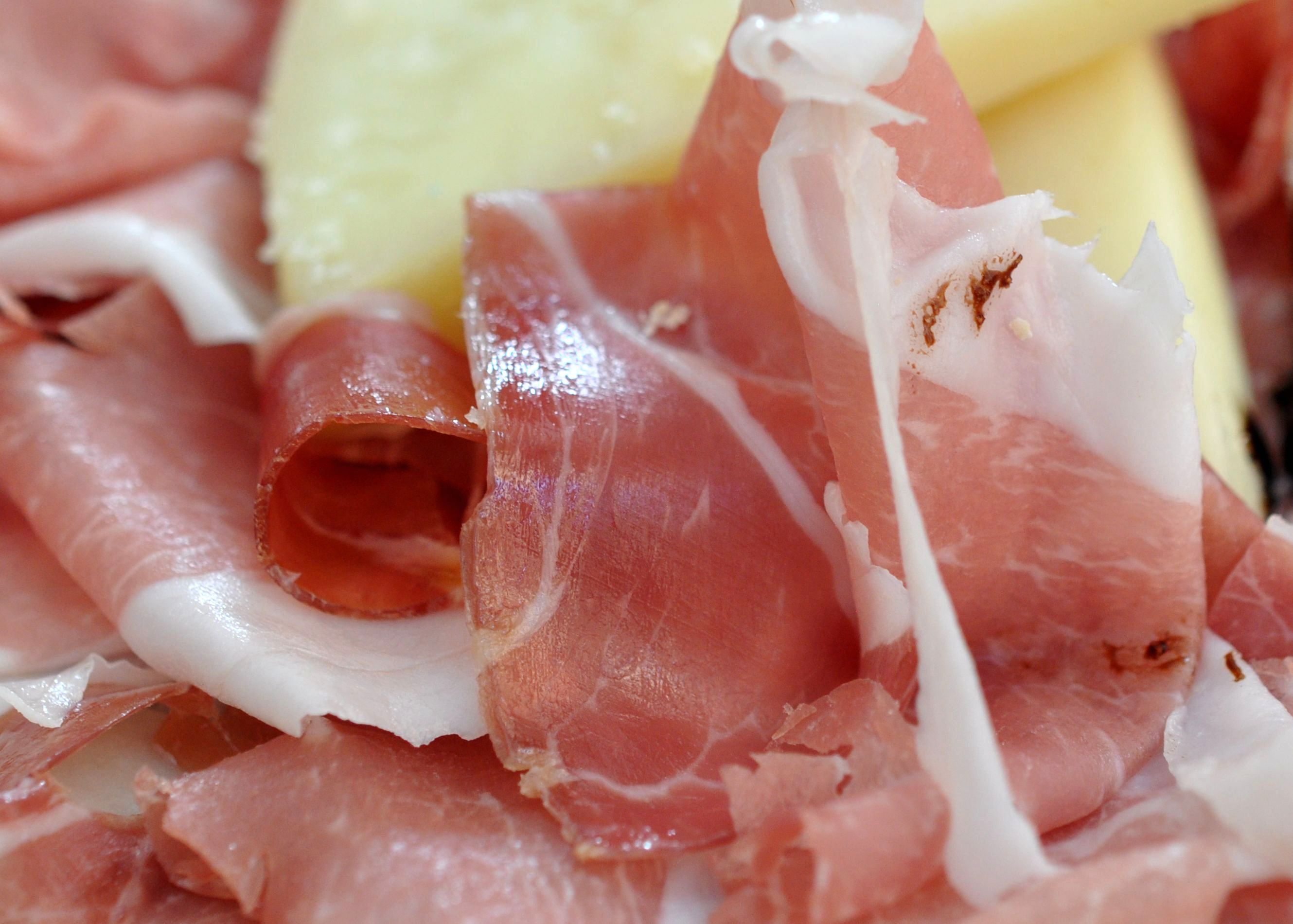
Is Prosciutto Crudo Raw? Italian Food Facts Walks of Italy
Prosciutto Di Parma is buttery and sweet, pairing well with soft, fresh cheeses like mozzarella - this makes it an excellent addition to pizza or pasta. Prosciutto San Daniele is darker, and some say a more aromatic meat, with toasty notes. This pairs well with bread or cheese and crackers, or fruits like figs, pears or grapes.
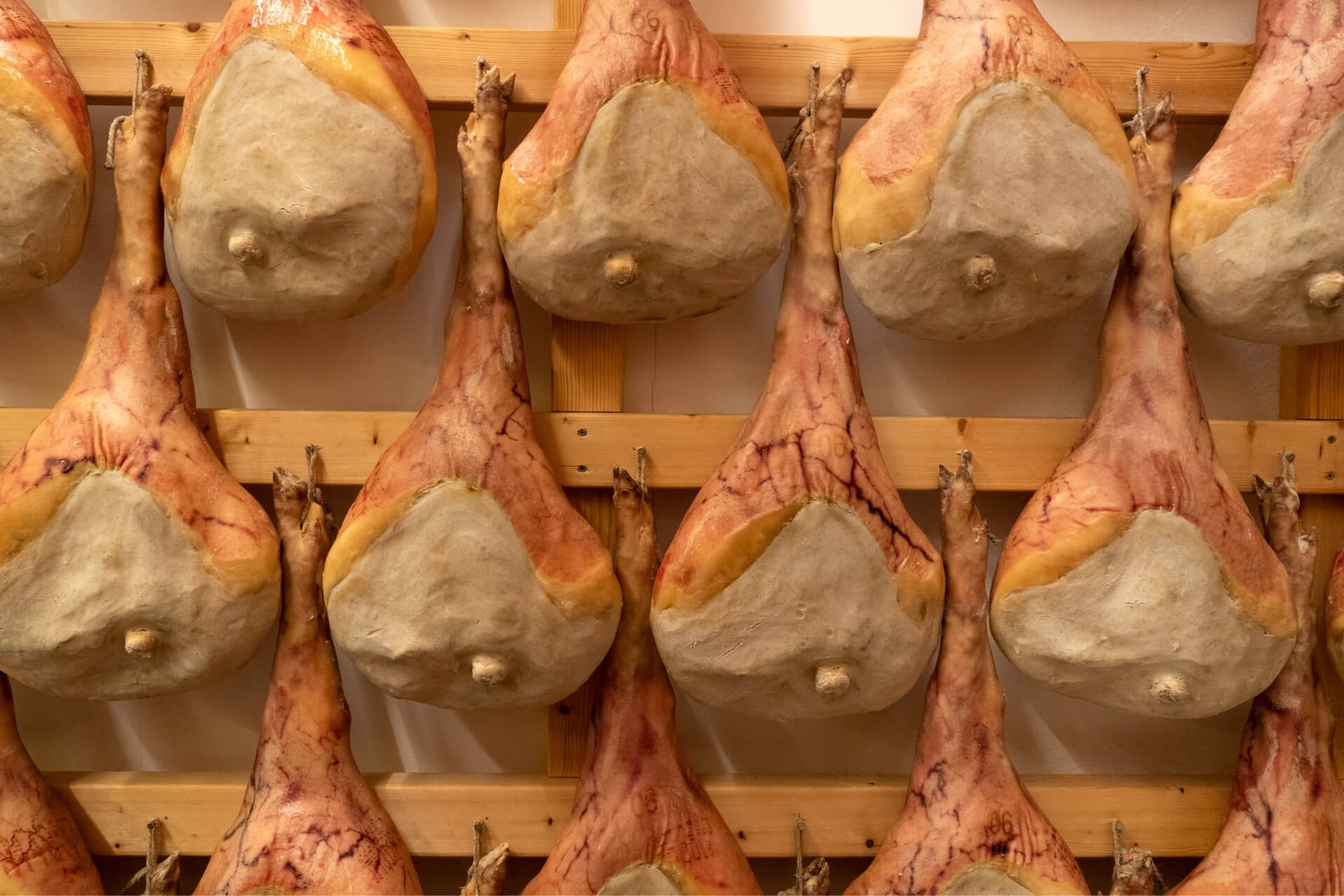
Prosciutto di Parma o prosciutto San Daniele qual è il migliore? Menatti
The prosciutto from Parma is also about 20% smaller in size than prosciutto from San Daniele. While the prosciutto from San Daniele is for the extreme lovers of prosciutto, the prosciutto from Parma has a wider range of uses. Its savory flavor will balance more savory foods and can be used on pizza. Prosciutto from Parma, although best with a.
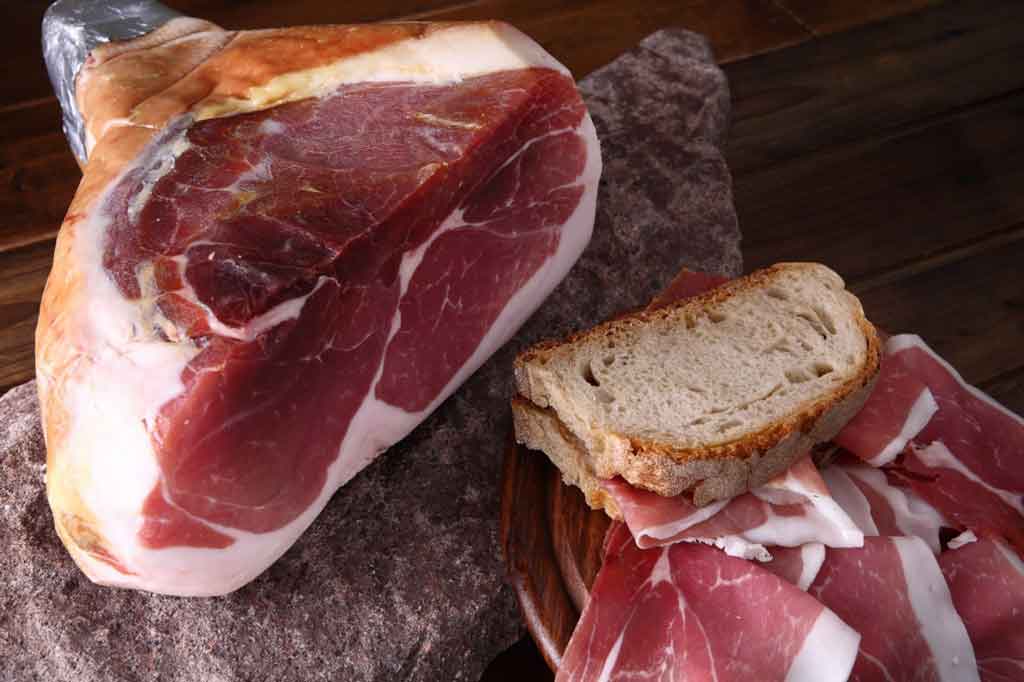
Prosciutto. 3 regole per riconoscere un vero Parma o San Daniele DOP
Whilst Parma ham is made in quite large quantities and over the significant geographical area of Parma to support demand in Italy and abroad, San Daniele is made in much smaller volume - there are around six times as many producers of Prosciutto di Parma as there are of San Daniele, and the latter is only made in the 8,000-strong town of San.
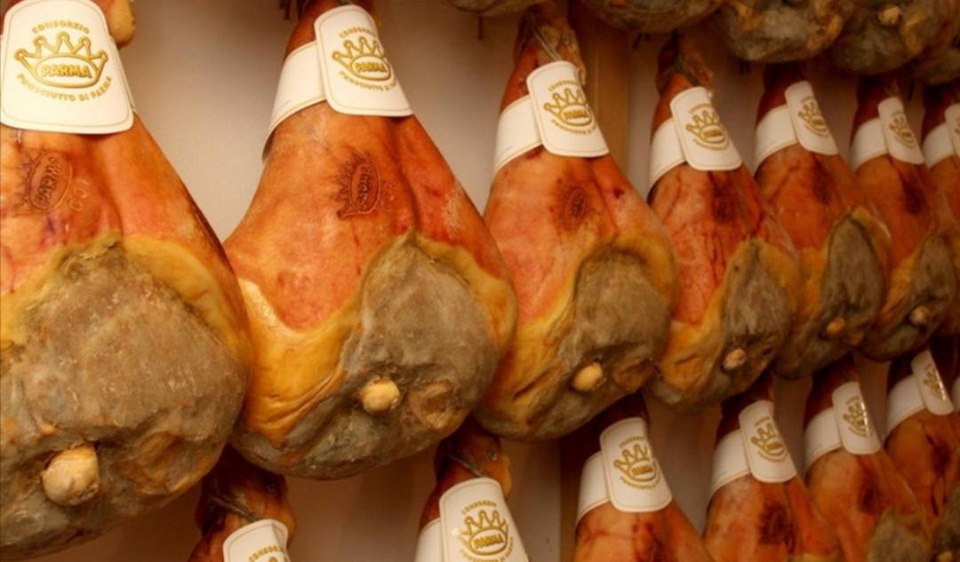
Prosciutto di Parma approvato il nuovo Disciplinare InformaCibo
The production methods for both Parma and San Daniele prosciutto are protected by the Designation of Origin certification, indicating similar approaches. However, the breed of pigs used, their diet, and the salting process differ, resulting in distinct flavour profiles. San Daniele hams are stacked during aging (Parma hams are hung instead.
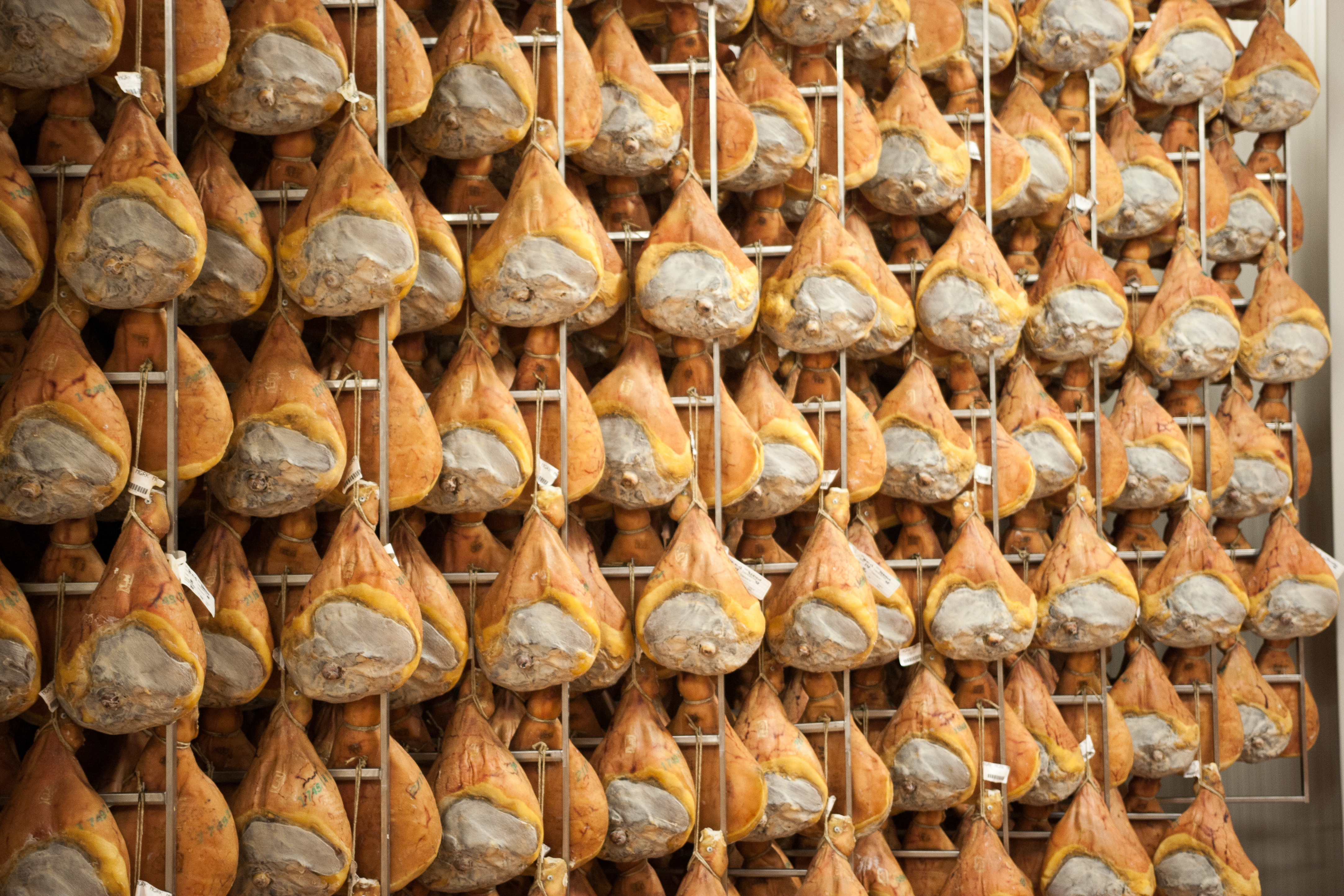
Ministero Salute il 95 dei reati sui Dop riguarda i prosciutti di
San Daniele Prosciutto vs Parma. The other famous ham from Italy that has gained international renown is from the Parma region in north central Italy.. More people have heard of Parma ham than San Daniele prosciutto. This fact isn't surprising considering there are more than 6x the producers of Parma ham than San Daniele prosciutto.

Pio Tosini 24month Prosciutto di Parma DOP, 100g sliced Formaggi
Mette in luce la differenza esteriore anche la terminazione dei due prosciutti, laddove il San Daniele mantiene lo zampino invece il Parma termina con un gambo corto. Elementi distintivi per l.

Prosciutto crudo di Parma, S. Daniele and Reserve how to slice it and
Il Prosciutto San Daniele è più aromatico, più grasso e dolce. Inoltre è prodotto in minori quantità rispetto al prosciutto di Parma. Si dice che la produzione del prosciutto in Italia, sia iniziata intorno alla fine del tardo impero romano nella zona di Norcia, in Umbria. Le persone che erano a capo della preparazione di prosciutti e.

Grissini con prosciutto crudo San Daniele DOP Hot Dog Buns, Hot Dogs
The visual main differences are the shapes of each ham - San Daniele is compressed during the salting phase and, as a consequence, it looks like a guitar. In addition, the trotter is kept to accelerate the ham drying process. Parma is shorter, has a more natural oval shape and the trotter is cut off. Prosciutto San Danielle.
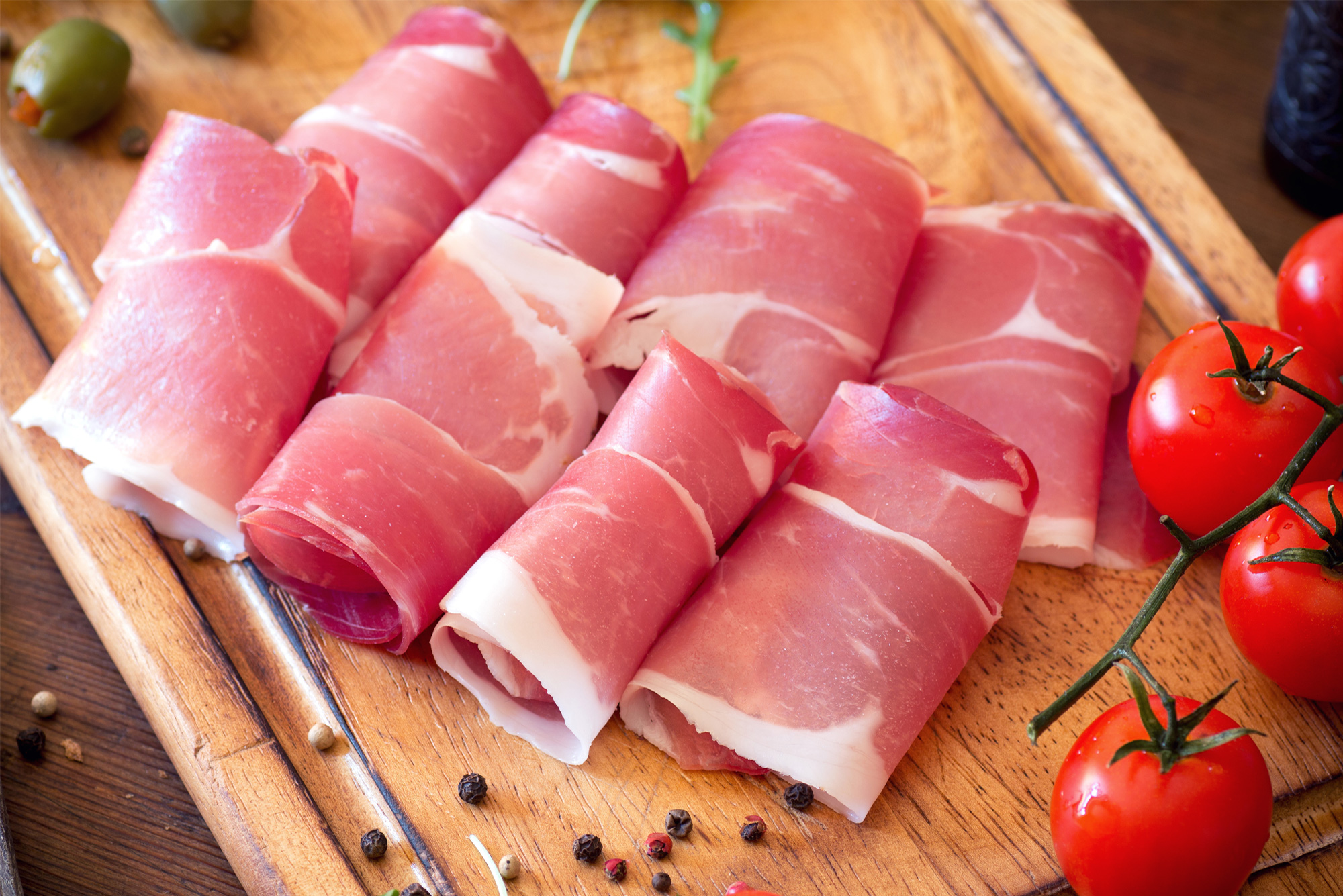
Cosa Sapere sul Prosciutto crudo di Parma DOP e San Daniele DOP Grand
Italian prosciutto, or prosciutto crudo, is a raw, cured ham from high-quality pork legs aged 14 to 36 months. Prosciutto has a pink color, salty taste, and delicate flavor, making it a culinary delight. Prosciutto comes in various regional variations, such as Prosciutto di Parma and Prosciutto di San Daniele, each with unique characteristics.